Dive Deeper: VR Headsets and the Dawn of Spatial Computing
Virtual Reality (VR) has taken the world by storm, transporting us to fantastical landscapes and immersive game worlds. But VR headsets are just the tip of the iceberg. They're the gateway to a much larger concept: Spatial Computing.
Beyond the Virtual Veil: What is Spatial Computing?
Imagine a world where digital information seamlessly blends with our physical environment. This is the promise of spatial computing. It encompasses a range of technologies, including VR, Augmented Reality (AR), and Mixed Reality (MR), that allow us to interact with digital objects in the real world.
- Virtual Reality (VR): VR headsets create completely immersive, computer-generated environments.
- Augmented Reality (AR): AR overlays digital information onto the real world through smartphone screens or smart glasses. Imagine seeing navigation arrows projected onto your windshield or detailed repair instructions hovering over a machine.
- Mixed Reality (MR): MR merges the real and virtual worlds, allowing for interaction with digital objects placed within the physical environment.
VR Headsets: The Pioneering Portal
VR headsets are currently the most prominent form of spatial computing technology. They provide a powerful entry point into this new frontier. VR lets us:
- Explore virtual worlds: Imagine scaling mountains on Mars or swimming with dolphins in the deep blue. VR allows for limitless exploration and experiences.
- Learn and train in immersive environments: VR simulations can revolutionize training for pilots, surgeons, or even firefighters, providing a safe and realistic training ground.
- Connect and socialize in virtual spaces: Attend virtual concerts, collaborate with colleagues across the globe, or simply hang out with friends in a VR social hub.
The Future of Spatial Computing
VR headsets are just the beginning. As technology advances, we can expect spatial computing to become even more integrated into our lives. Here are some exciting possibilities:
- Smart Glasses: Imagine a world where information seamlessly appears before your eyes. Smart glasses that project weather updates, directions, or even live translations could become commonplace.
- Holographic Interfaces: Projecting 3D holograms that we can interact with could revolutionize how we work, learn, and even entertain ourselves.
- Revolutionized Workspaces: Spatial computing could transform workplaces, allowing for remote collaboration with colleagues appearing virtually present in the same room.
The Road Ahead
The world of spatial computing is brimming with potential. VR headsets are paving the way, offering a glimpse into a future where the digital and physical worlds converge. As technology evolves and these tools become more affordable and accessible, spatial computing promises to change the way we interact with information, learn, work, and play. Are you ready to dive deeper?


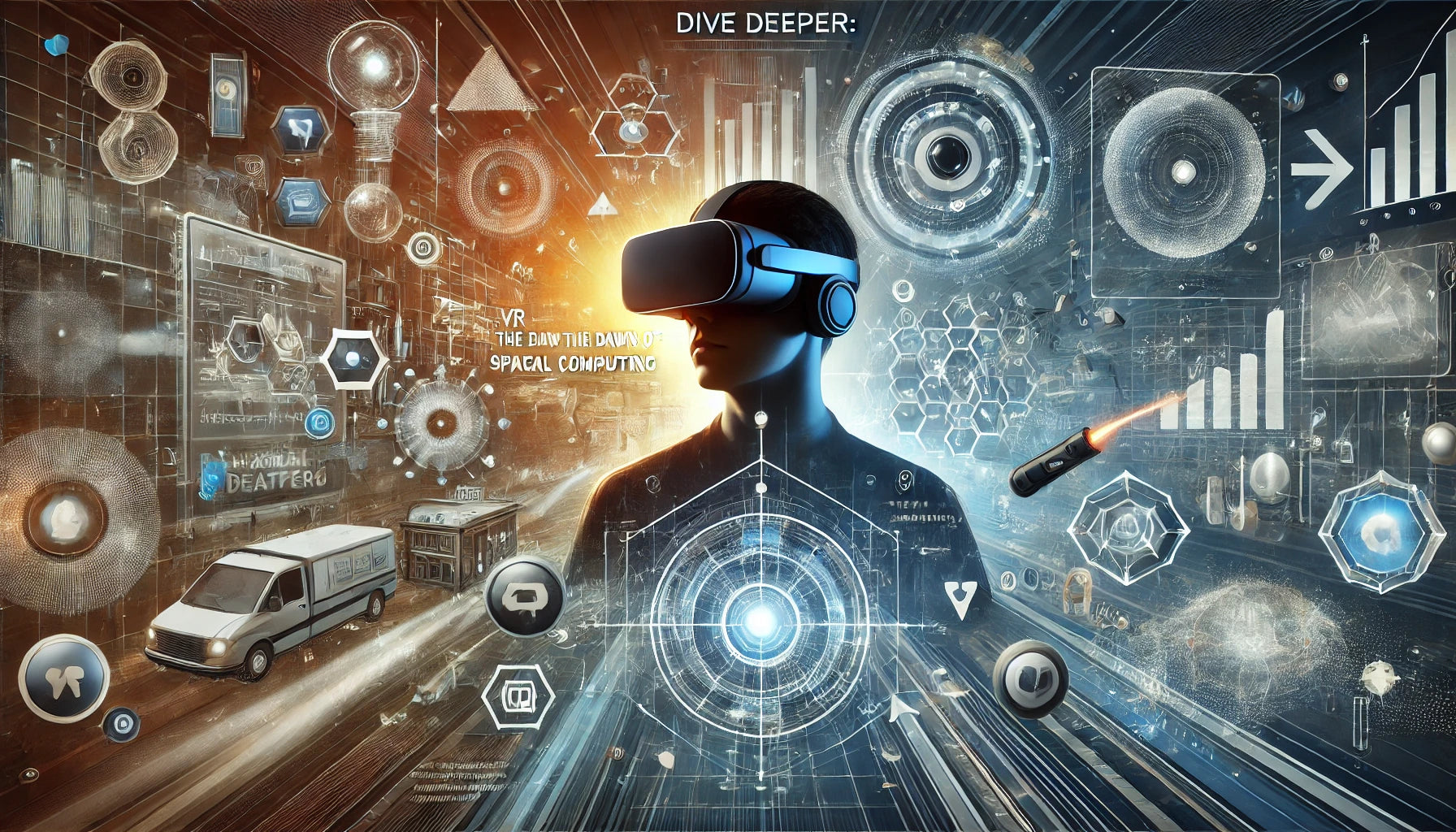
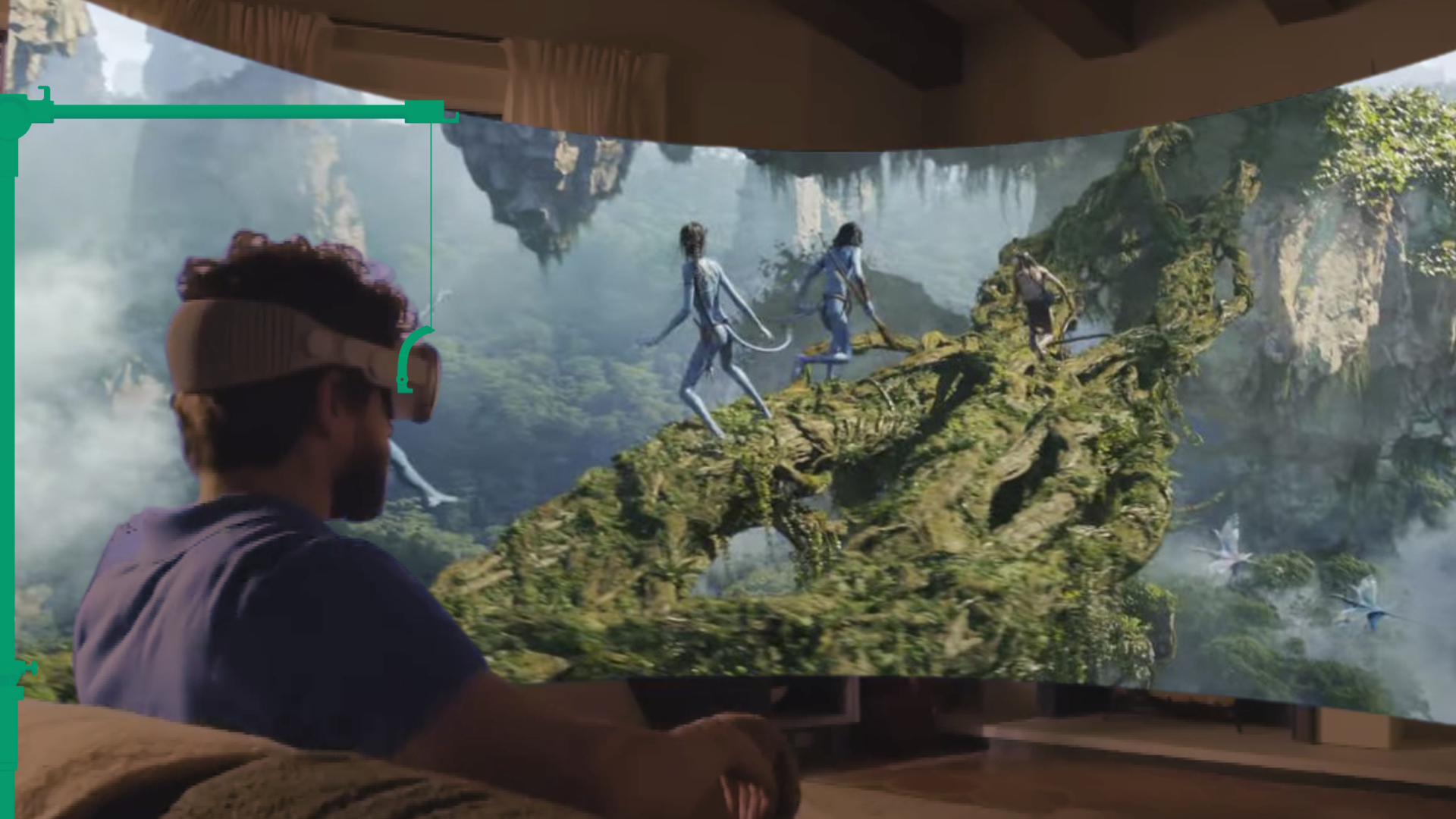
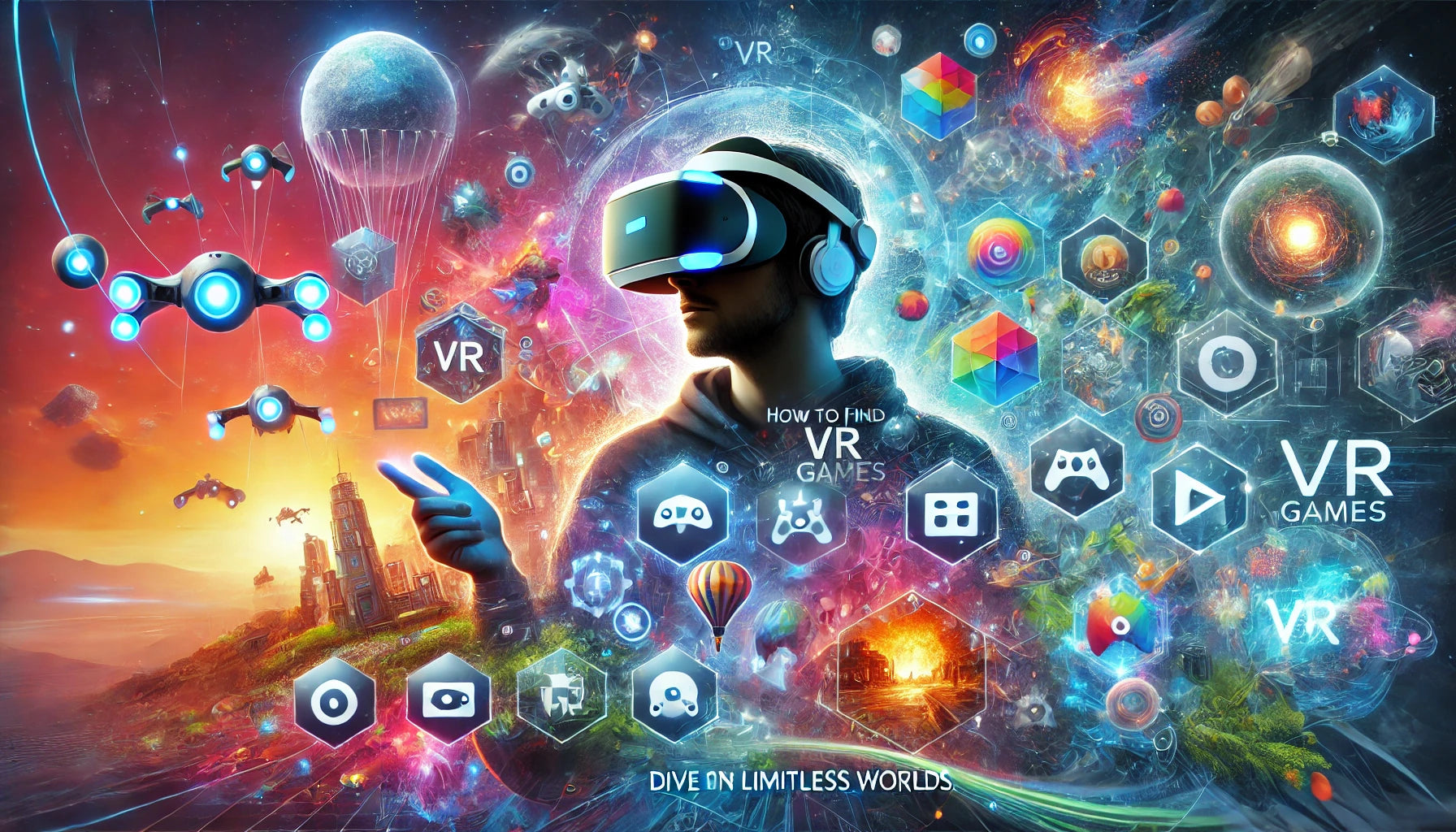
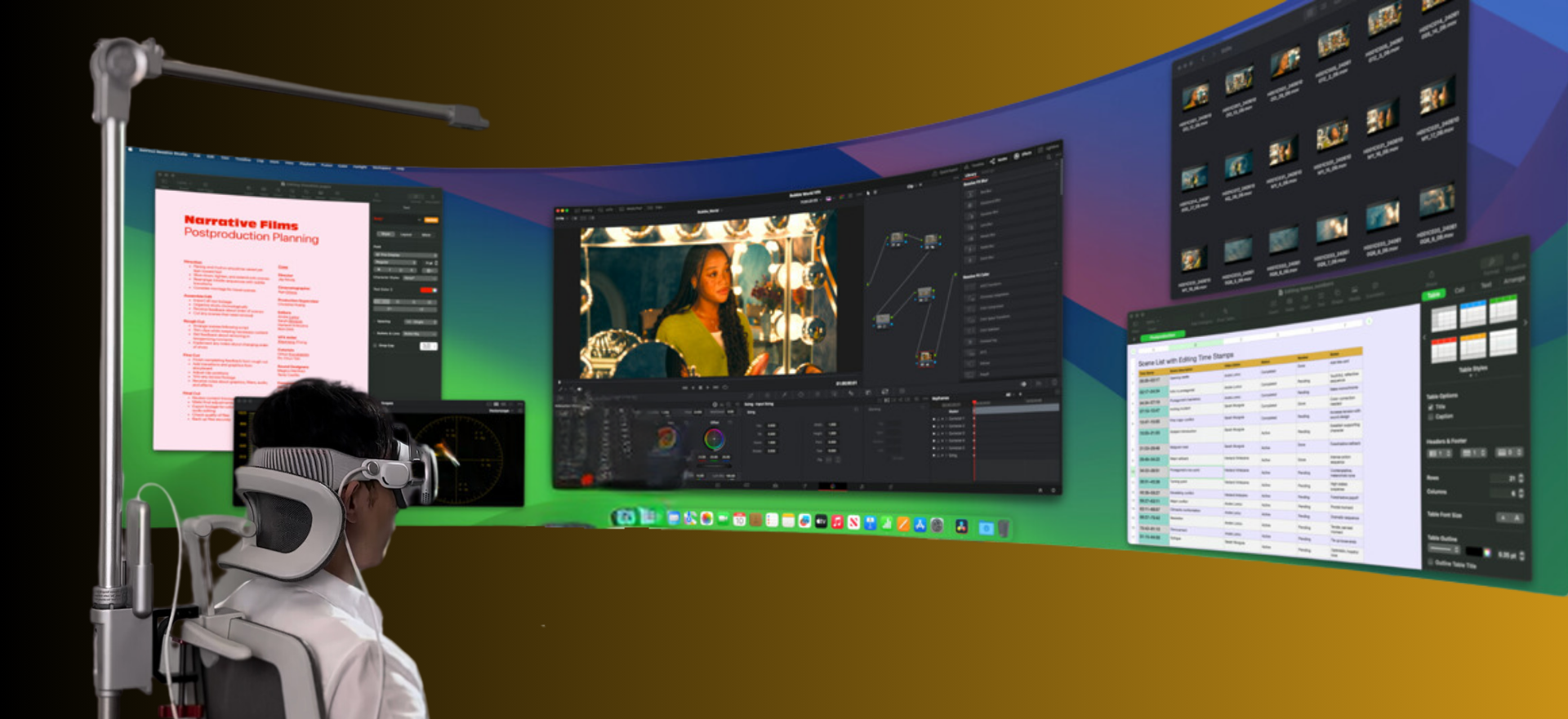
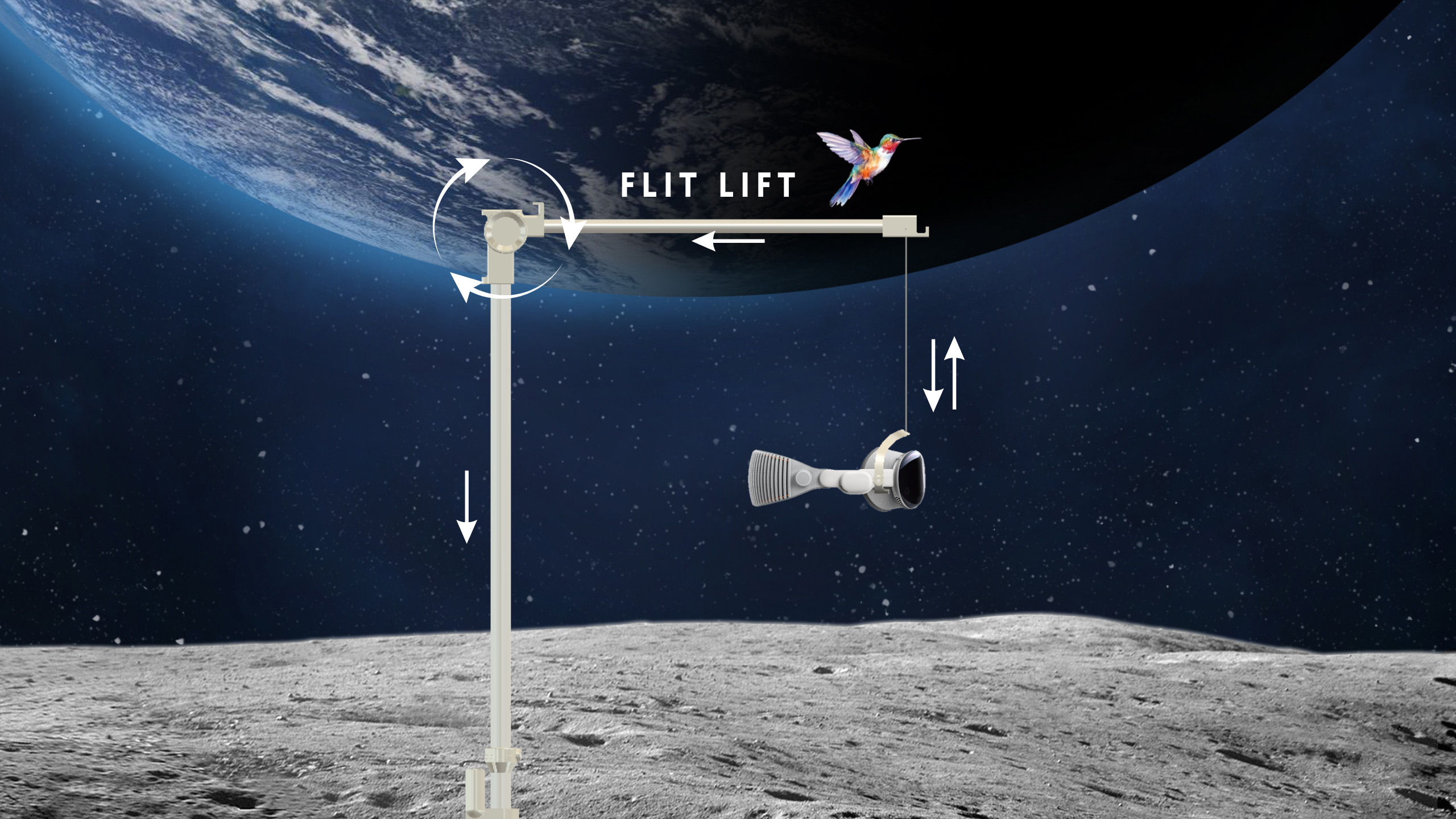
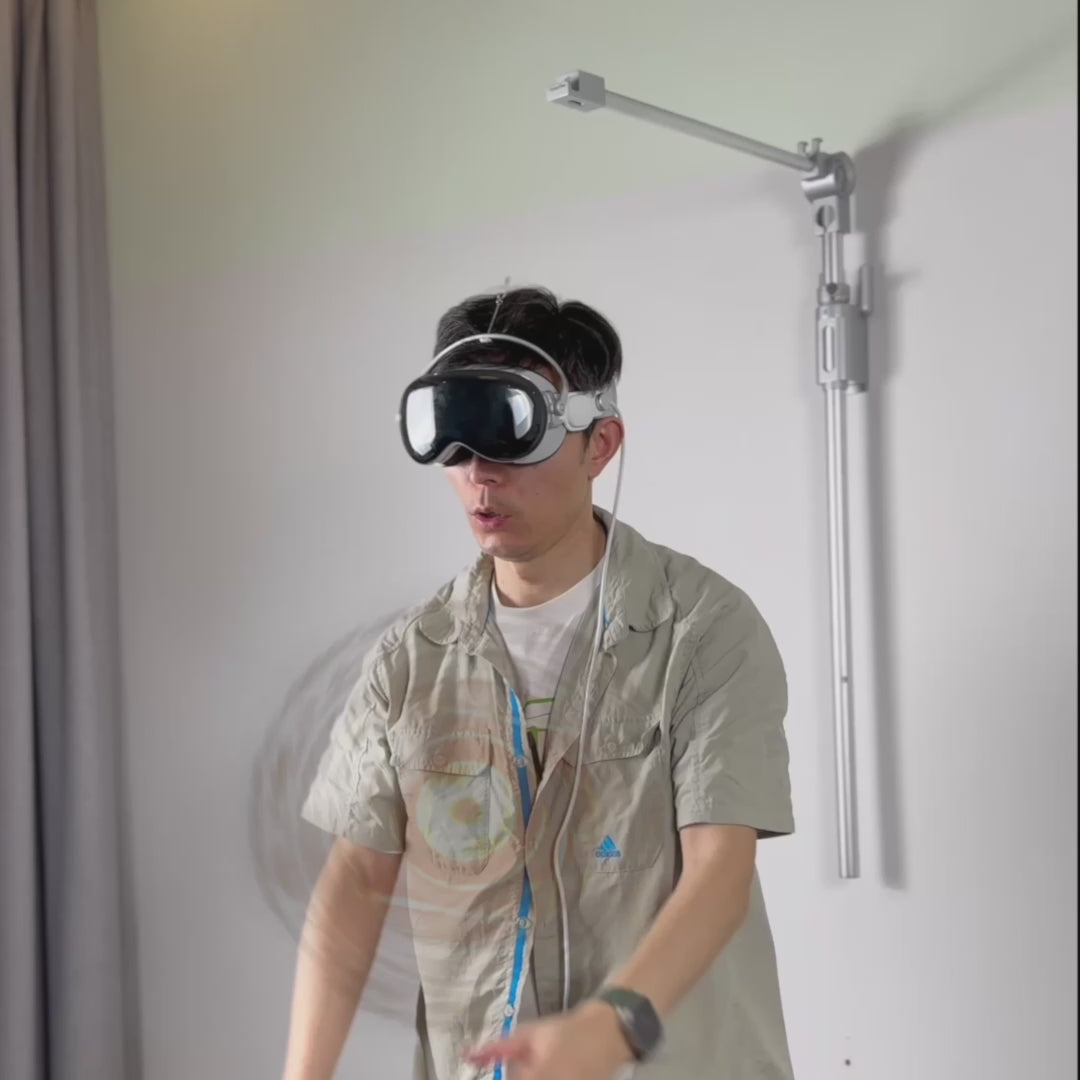
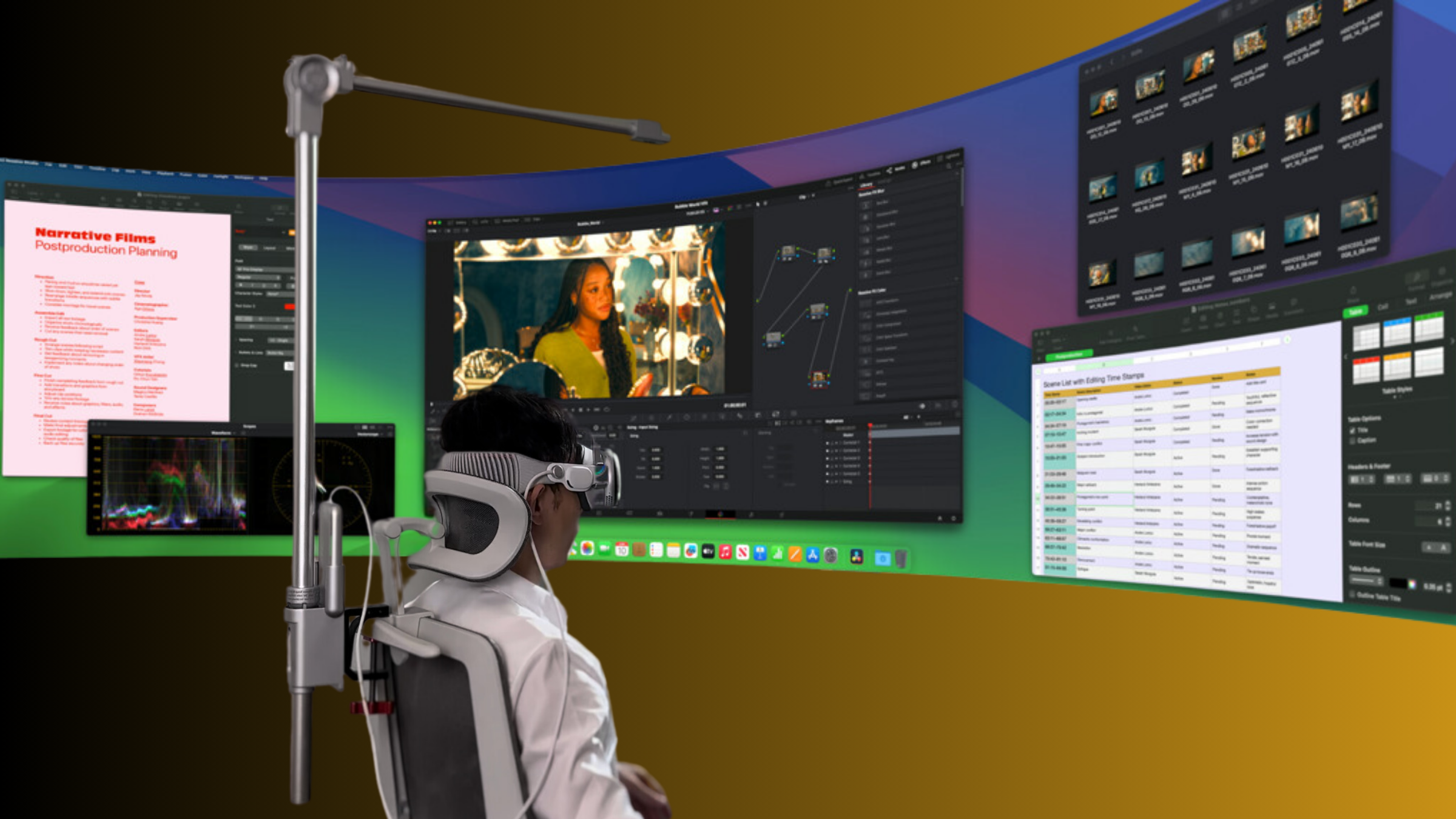
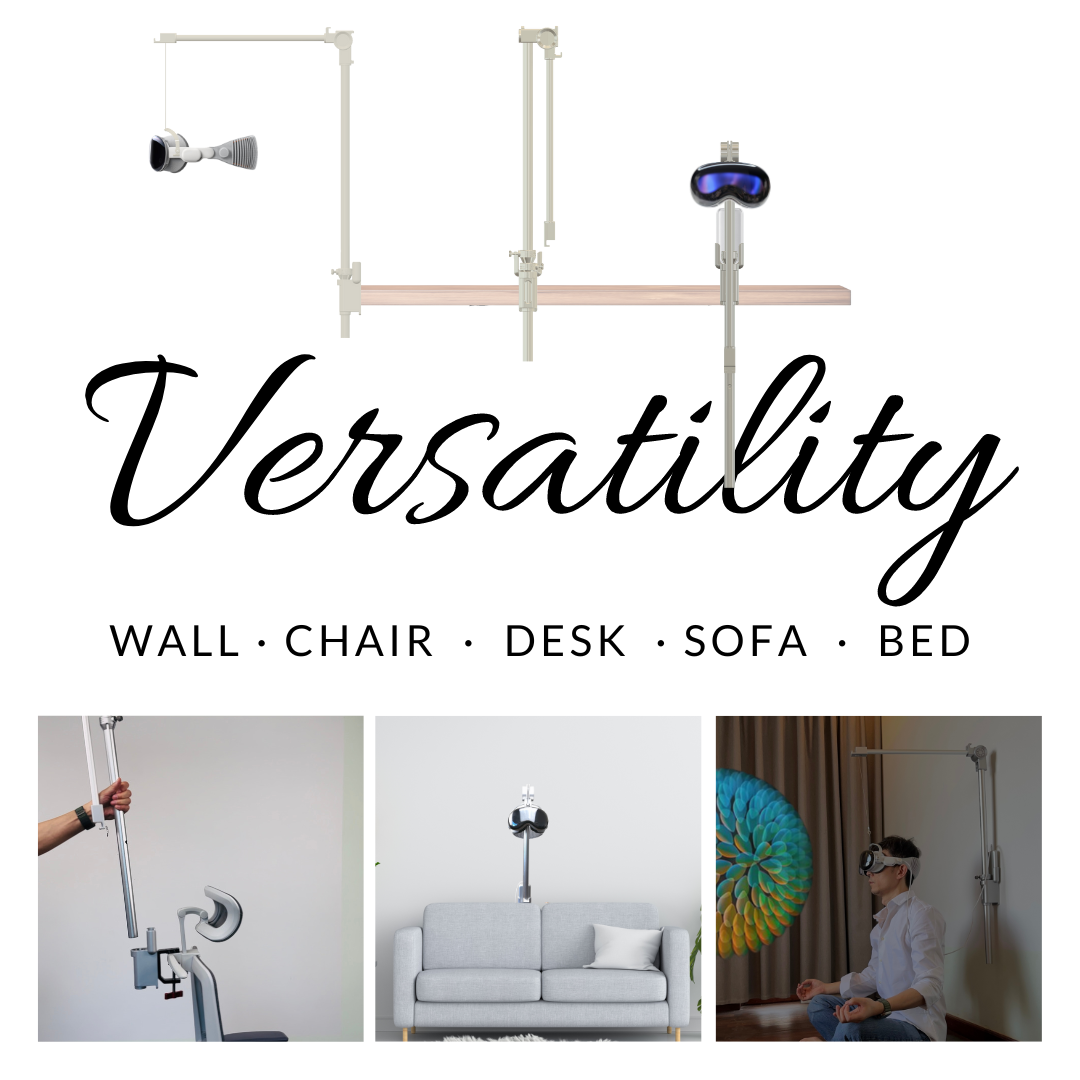

Share:
Vision Pro Update: WWDC 2024